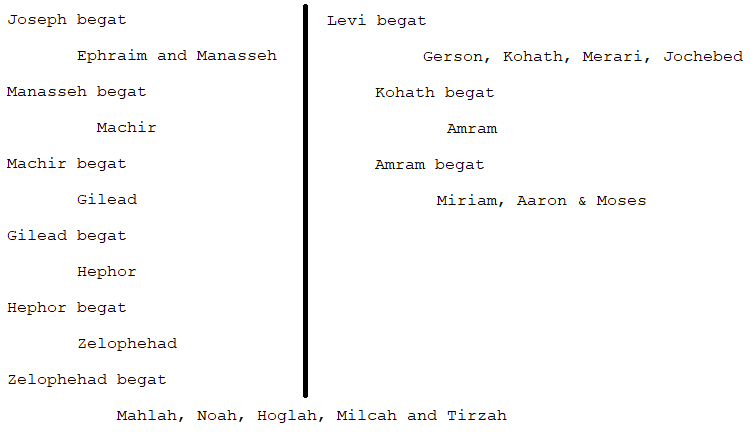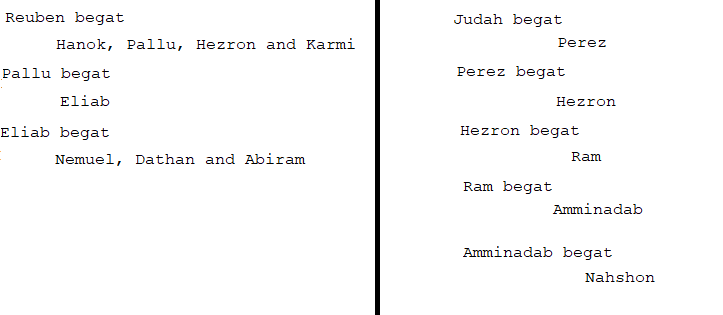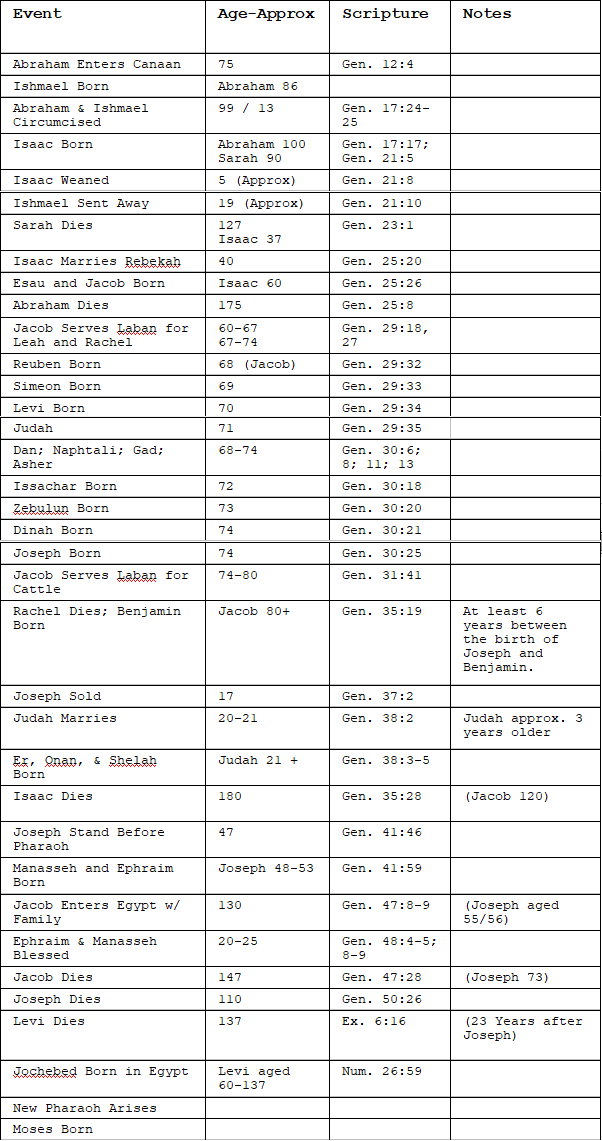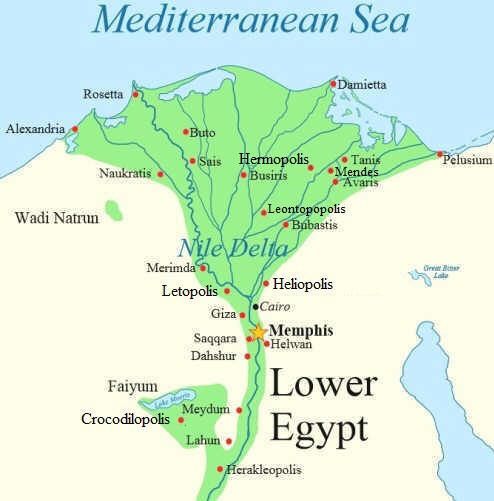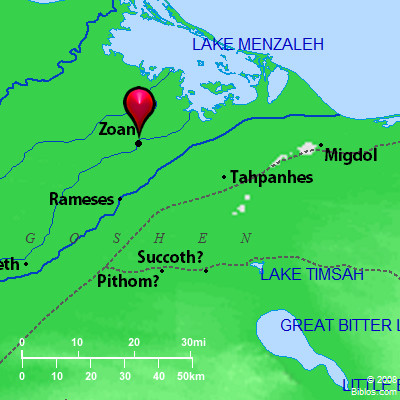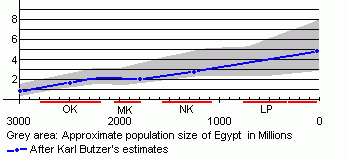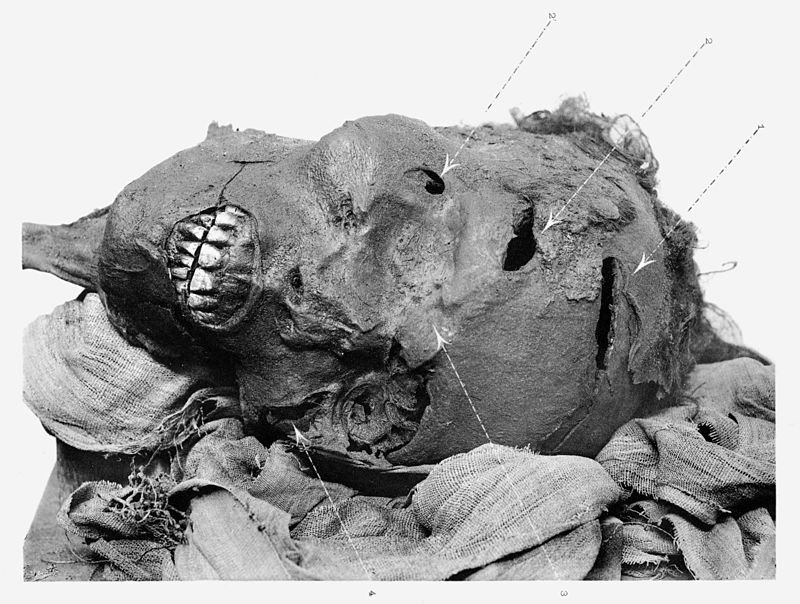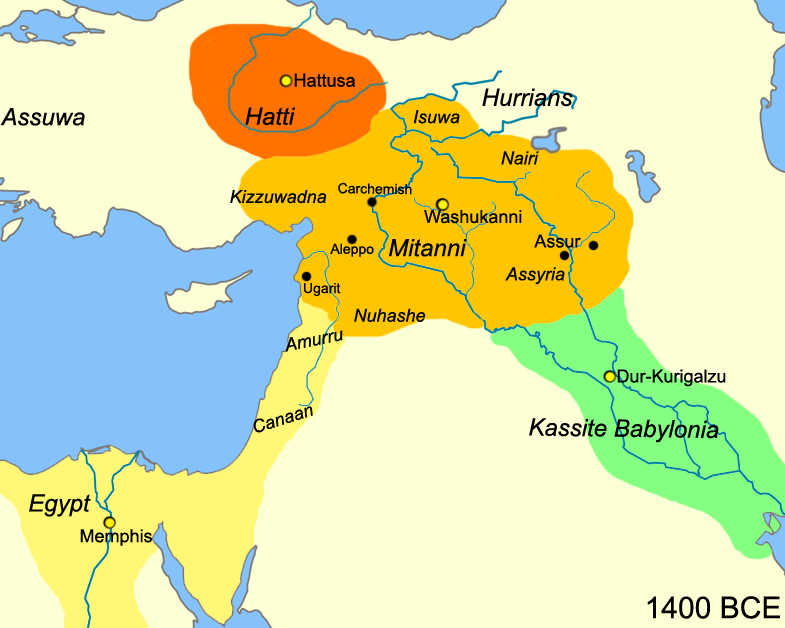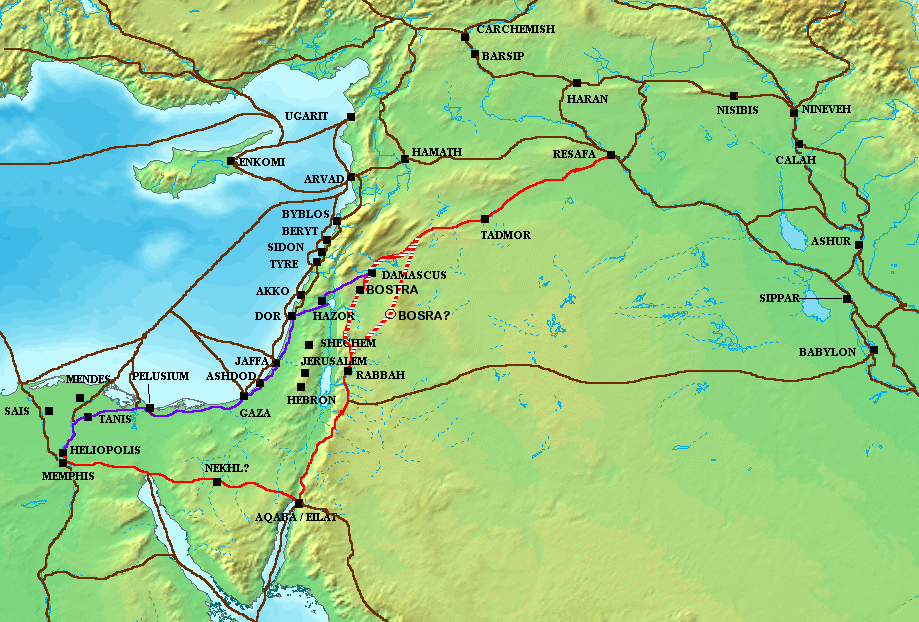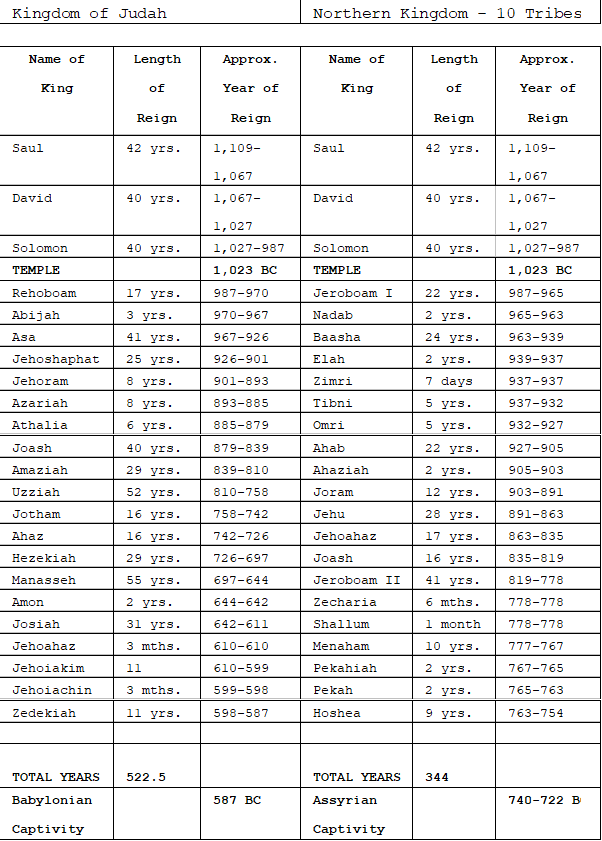FACT #2 Hebrews and Shepherds Were An Abomination to the Egyptian
- Gen. 43:32 “So they set [Joseph] a place by himself, and them [his brothers] by themselves, and the Egyptians who ate with him by themselves; because the Egyptians could not eat food with the Hebrews, for that is an abomination to the Egyptians.
- Gen. 46:34 “So it shall be, when Pharaoh calls you and says, ‘What is your occupation?” That you shall say, “Your servants’ occupation has been with livestock from our youth even till now, both we and also our fathers’ that you may dwell in the land of Goshen; for every shepherd is an abomination to the Egyptians.
Rabbi Shlomo Yitchaki, known by the acronym “Rashi”, who lived from AD 1040-1105, wrote that the Egyptians despised the Hebrews because they consumed and shepherded sheep, which were representations of Egyptian deities.
However, we see that Joseph purchased flocks of sheep from the Egyptians during the famine [Gen. 47:17], which indicates there were native Egyptian shepherds in the land. Genesis 46:34 states that
every shepherd was an abomination, which doesn’t exclude native Egyptians either.
It’s not clear how the Egyptians herded the sheep. Linen was used for Egyptian clothing; wool would have been too uncomfortable in Egypt’s hot climate and was considered unclean. Wool was likely used in other products or for trade. Sheep (and goats) would have supplied milk to the Egyptians and despite being deified animals, Egyptians did eat of the flesh of cows, pigs, sheep and goats, especially during religious festivals. If the sheep were permissible to be consumed, why weren’t these flocks slaughtered and eaten during the famine?
The Rebbe concludes that it was the first-born of animals that were deified. The ancient Egyptians’ problem with non-Egyptian shepherds was that non-Egyptians slaughtered and ate all their animals, including the first-born.
When discussing the issue of food sacrificed to idols, Paul wrote to the Corinthians: “Whatsoever is sold in the market, that eat, asking no question for conscience sake”.
The Egyptians would have encountered a similar dilemma when dealing with Hebrew traders. Any food sold in the market--not only could have been sacrificed to a foreign god--but may have been a first born animal. This, therefore, would have been twice the abomination to the Egyptians. Because of that, the Egyptians would not have eaten with or bought food from the shepherds because their food could have been abominable.
The animals relinquished to Joseph are believed by the Rebbe to have been the firstborn of the flocks and herds. However, even this isn’t the best explanation, seeing that Joseph tells his servant Gen. 43:16 “. . .Bring these men home, and slay an animal, and make ready; for these men shall dine with me at noon.”
An Egyptian servant took responsibility over the meal, which would have been prepared according to the native customs; i.e. according to civil and ceremonial Egyptian law. Yet despite this, Joseph was still set by himself, his brothers by themselves, and the Egyptians by themselves.
Joseph was a known a Hebrew: “The Hebrew servant, which thou hast brought unto us, came in unto me to mock me” (Gen. 39:17) Yet, being kith and kin to his brothers, he did not sit with them and despite becoming a civilized member of Egyptian society, he did not sit with the Egyptians either.
This separation appears to be more than food-related discrimination, and seems, more than likely, a division in social class and ethnicity, the latter stemming from xenophobic ideals.
Everywhere the stranger is the servant of the inferior man. He arouses wrath in the crowd though he has done no wrong. Someone will despise him <though> he does not spite him. He must listen to insulting cursing and laugh at it as a joke. He must forget the crime of (being treated as) a woman because he is a stranger. [Papyrus Insinger, Ancient Egyptian Literature, Lichtheim, M., Vol. III, p. 184f.]
Not all Levantine peoples were Hebrew. The Hebrews are descendants of Shem, specifically Ever or the Anglicized Eber (Gen. 10:21) from which the name Hebrew comes.
The Midrash proposes that ‘Ever’ means ‘opposite side’. Noah, Shem and his descendents stood on the opposite side of the religious norm by worshipping only one God whereas the world was polytheistic.
If the Egyptians refused to eat food with the Hebrews and their attitude wasn’t based in religious prejudices then it could have been based in racial prejudices.
Since Hebrews were descendants of Eber (Shem); and Egyptians were descendants of Mizraim (Ham), the discrimination may have been based in ethnicity. If racial segregation was prominent throughout the United States, especially in the vivid accounts of the twentieth century, it’s not hard to imagine racial segregation in ancient times. If there were buses back in ancient Egypt, the Hebrews might have been forced to sit in the back.
Hebrews--by definition of ancestry--would not have been only the Israelites, but also the Ishmaelites; Midianites; Edomites; Moabites; and Ammonites.
As a side note: amateur researchers like to connect the Habiru mentioned in the Amarna tablets as being the Israelites. This is platform which they use to thrust the idea that the bands of murderous Habiru are the Israelites conquering Canaan under the leadership of Joshua.
As the reader can now see, even if Habiru is a translation of Hebrew, Hebrew is a broad title which isn’t exclusively Israelite.
Continuing: Those who descended from Mizraim or his younger brother Canaan would have included the Philistines; Hitties; Jebusites; Amorites; Hivites; Girgashites; Phoenicians and the Sinites.
The use of ‘Hebrew’ and ‘shepherd’ may have been interchangeable. Gross generalizations and stereotypes are nothing new.
Since shepherds were nomadic, they often roamed the desert, engaging in notorious acts of robbery, rape, and murder. Such acts were documented among Jacob’s own sons:
- Gen. 34:25 Three days later, while they were still in pain, two of Jacob’s sons (Simeon and Levi) took their swords, went into the unsuspecting city, and slaughtered every male. [26] They killed Hamor and his son Shechem with their swords, took Dinah out of Shechem’s house, and went away. [27] Jacob’s other sons came upon the slaughter and looted the city, because their sister had been defiled. [28] They took their flocks and herds and donkeys, and everything else in the city or in the field. [29] They carried off all their possessions and women and children, and they plundered everything in their houses.
The Prophecy of Neferty stated: “He brooded over what should happen in the land and considered the condition of the east, when the Asiatics raid and terrorize those at the harvest, taking away their teams engaged in plowing. . . . All good things have passed away, the land being cast away through trouble by means of that food of the Asiatics who pervade the land. Enemies have come into being in the east; Asiatics have come down into Egypt, for a fortress lacks another beside it [fortresses are crowded], and no guard will hear. “Men will build 'Walls of the Ruler,' and there will be no letting the Asiatics go down into Egypt, that they may beg water after their accustomed fashion to let their herds drink.”
In the eyes of the Egyptians, shepherds were seen as a threat. With their foul reputation, Asiatics were seen as invaders who could eat up the land with their wandering herds, destroying crops and livelihoods. And, likewise, were a barbaric, uncivilized people who could do physical harm to the native Egyptian population who might’ve needed to take shelter in fortresses.
Goshen, which was given to the Israelites, laid between Egypt and the southern Levant, along the nomad’s route. The Egyptians preferred to live beyond this vulnerable platform further to the west and south for fear of war. Joseph, therefore, was acting very true to the Egyptian paranoia when he accused his brothers of being spies and that they had come from Canaan to see the nakedness (or vulnerability) of the land.
With this understanding, it makes sense for Pharaoh to give the Israelites this plot of land. While fertile and useful for Israel’s shepherding purposes, if invaders came into Egypt, by way of Canaan, Israel would be the first to be attacked. While Israel attempted to defend themselves from the hostile intruders, Egypt would have enough time to evacuate its people from unprotected areas and gather up an army.
Pharaoh may have been gracious towards Joseph’s family, welcoming them in, and giving them the best of the land, and even appointing them as chief herdsman over his own cattle, but the move may have also been one of military stratagem.
On the discussion of religion: "The Egyptians have deified the ram for the same reasons that worship of Pria-pos was introduced to the Greeks: because of his member of procreation. They characterize the strongest possible copulation drive to these animals and consider the male member, to which all living things owe their existence, to be worthy of worship." - Diodorus Siculus Historical Library I.88
One of the chief gods in ancient Egyptian religion was Osiris, and Osiris was often depicted as a ram. In fact, a living, sacred ram was kept at Mendes, a city located in the Nile Delta near Avaris. The ram was worshipped there as the incarnation of Osiris. Upon the ram’s death, it was mummified and buried in a special necropolis wholly dedicated to rams.
As seen by the map below, Mendes and Avaris were neighbor cities.

